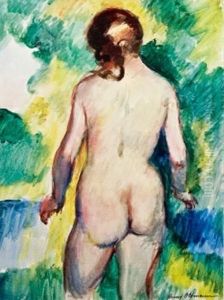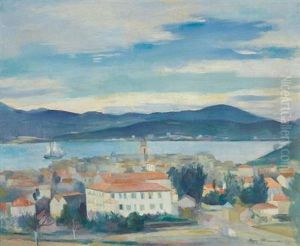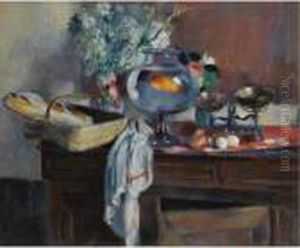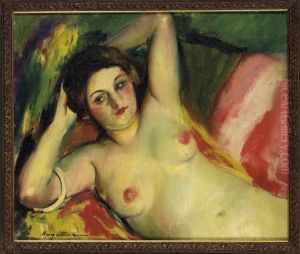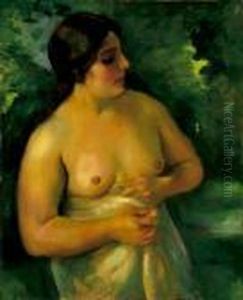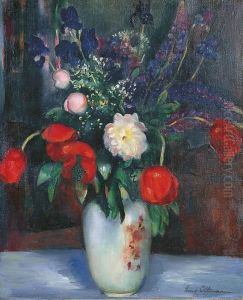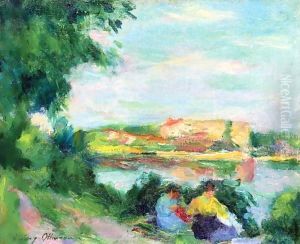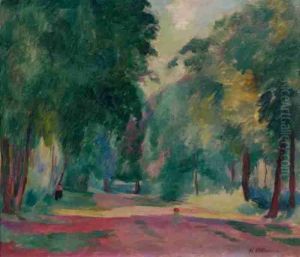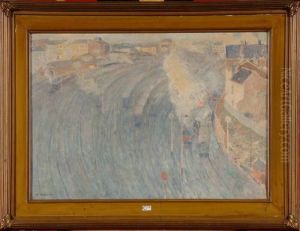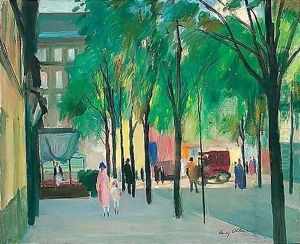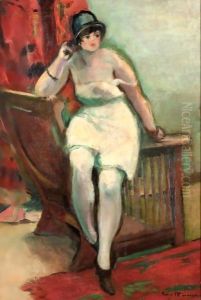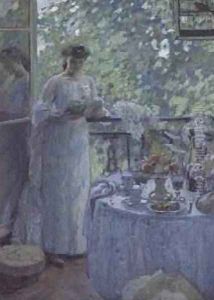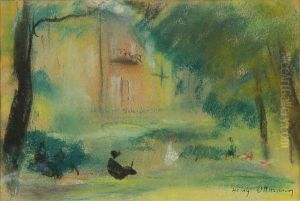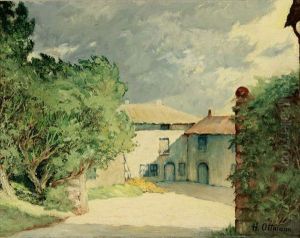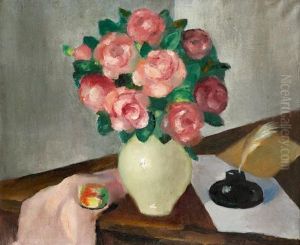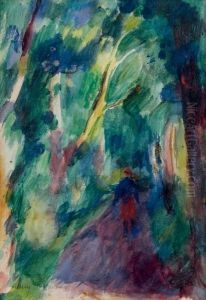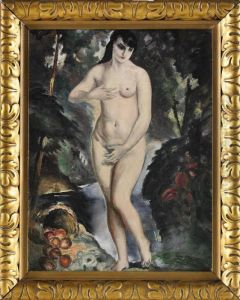Henri Ottmann Paintings
Henri Ottmann was a French painter born on April 10, 1877, in Ancenis, Loire-Atlantique. He was known for his vibrant use of color and was associated with the Fauvist movement. Ottmann studied art at the École des Beaux-Arts in Paris under the guidance of Léon Bonnat and Albert Besnard.
During his early career, Ottmann was heavily influenced by the Impressionists, and his work reflected a fascination with light and color. However, as he developed his own style, he began to adopt more simplified forms and a brighter palette, which brought him closer to the Fauves. Despite this association, Ottmann maintained a degree of independence in his approach to painting, often blending elements of different movements.
Ottmann's works were exhibited in several notable venues, including the Salon d'Automne and the Salon des Indépendants, which were key platforms for avant-garde artists of the time. He gained a respectable reputation among his contemporaries and art critics, and his paintings were collected in France and abroad.
Throughout his career, Ottmann expanded his artistic repertoire beyond painting, experimenting with pastels and watercolors. His subjects ranged from landscapes and seascapes to figures and still lifes, each treated with a distinctive sense of rhythm and harmony.
Unfortunately, Henri Ottmann's life was cut short when he died on June 1, 1927, in Vernon, Eure. Despite his relatively brief career, his work continues to be appreciated for its contribution to the development of early 20th-century French art. His paintings are part of the collections of various museums, and his influence is acknowledged in the context of Post-Impressionism and the evolution of modernist aesthetics.
